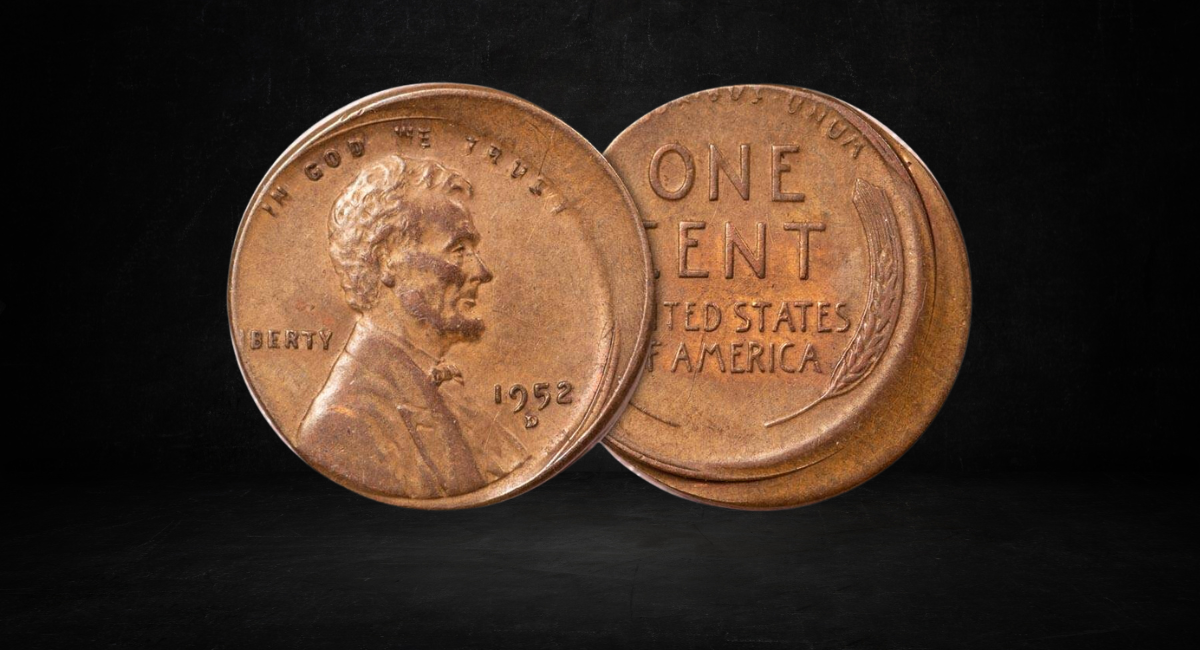The 1952 Lincoln wheat penny is a one-cent coin that has fascinated collectors and history enthusiasts alike. This penny is part of the Lincoln cent series, which began in 1909 and introduced a coin with a U.S. president’s face, setting it apart from previous coins.
Let’s dive into what makes the 1952 penny unique, its varieties, and what value it holds today!
Expert Guide: How the 1850-D Liberty Head Coin Became a Collector’s Dream!
Composition and Design
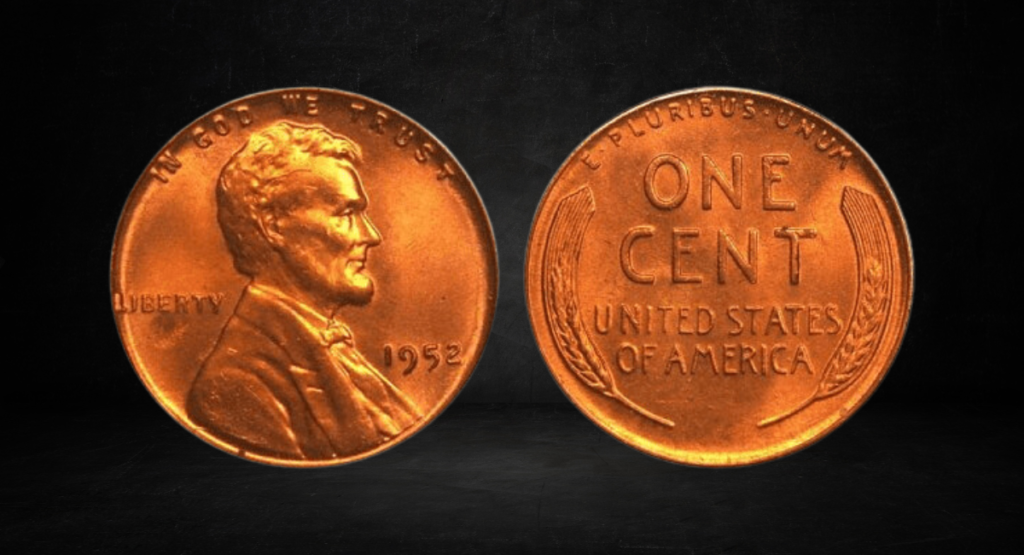
The 1952 wheat penny is composed of 95% copper and 5% tin and zinc—a common mix used for pennies from 1909 to 1982. Only in 1943 did the U.S. Mint switch briefly to zinc-coated steel for pennies.
On the obverse (head) of the 1952 wheat penny, you’ll find Abraham Lincoln, a design by Victor David Brenner. The inscriptions include “IN GOD WE TRUST,” “LIBERTY,” and the year “1952.” The reverse (tail) side displays two wheat stalks, giving it the “wheat penny” nickname. This design was used until 1958 when it was replaced with the Lincoln Memorial design.
Rare Buffalo Nickel: The Coin Worth Up to $18,000 That You Might Already Have
Key Specifications:
- Value: 1 cent (face value)
- Weight: 3.11 grams
- Diameter: 19 millimeters
- Edge: Plain
Varieties of the 1952 Wheat Penny
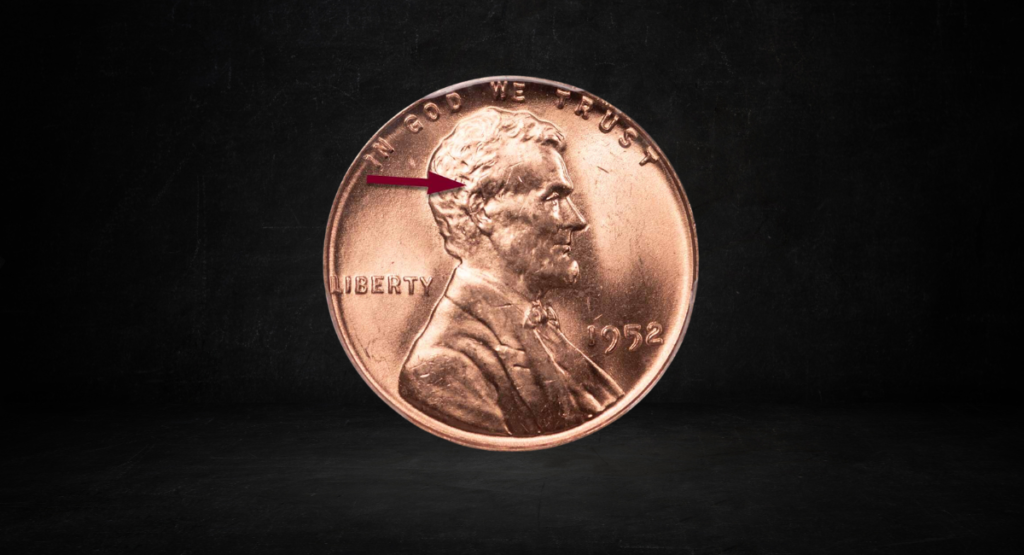
In 1952, the U.S. Mint released several varieties of the Lincoln penny, each with unique mint locations and mintage numbers:
- 1952 D Wheat Penny (Denver Mint): 746,130,000 minted, worth about $0.01 to $0.25 in circulated condition.
- 1952 P Wheat Penny (Philadelphia Mint, no mint mark): 186,775,000 minted, valued around $0.01 to $0.35 in circulated condition.
- 1952 Proof Wheat Penny (Philadelphia Mint, no mint mark): Only 81,980 were produced, making it rare; valued at $17 or more when uncirculated.
- 1952 S Wheat Penny (San Francisco Mint): 137,800,004 minted, worth between $0.01 and $0.35 in circulated condition.
These coins aren’t particularly rare in general circulation, but they become more valuable in pristine, uncirculated condition.
1952 Wheat Penny Errors
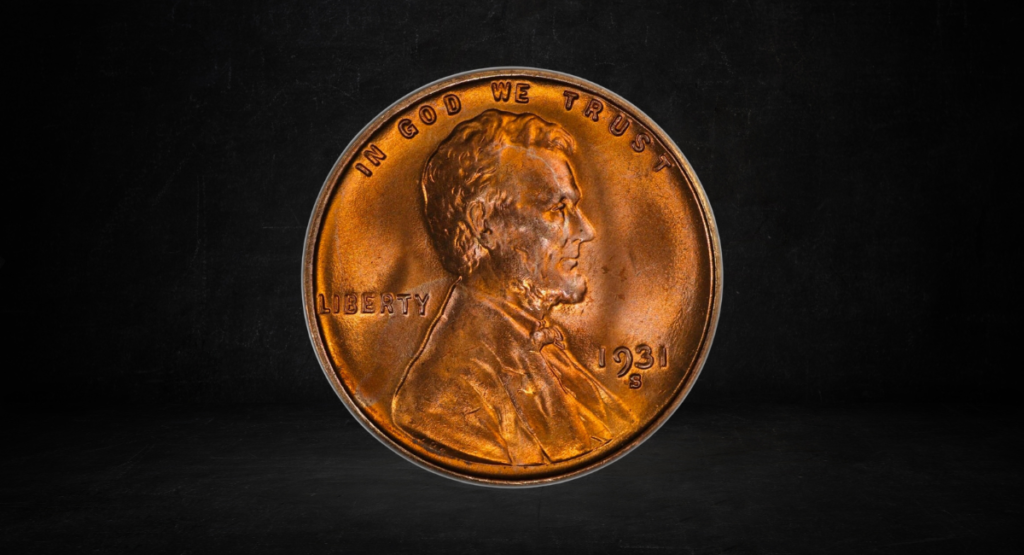
Errors make certain 1952 wheat pennies more collectible. Common errors include:
- Off-Center Strike: When the die doesn’t align properly with the blank coin, resulting in an off-center image.
- Clipped Planchet: If the blank coin isn’t fully cut, it may have a clipped section.
- Die Crack: Over time, the die used to stamp the coins can develop cracks, transferring the flaw onto coins.
- Lamination Error: A flaw in the metal mix can cause parts of the surface to flake or peel.
These errors vary in value based on their rarity and extent, making them intriguing finds for collectors.
Discover 8 Rare Coins Worth Thousands to Collectors
Value of the 1952 Lincoln Wheat Penny
While a 1952 wheat penny has a face value of one cent, its worth can increase with condition, rarity, and any unique errors. Most circulated pennies are worth between $0.01 and $0.35, but rare, high-grade versions can fetch much more. For example, a pristine 1952 proof penny was once sold at auction for $64,625, highlighting the potential value of coins in perfect condition.
Understanding Coin Grading
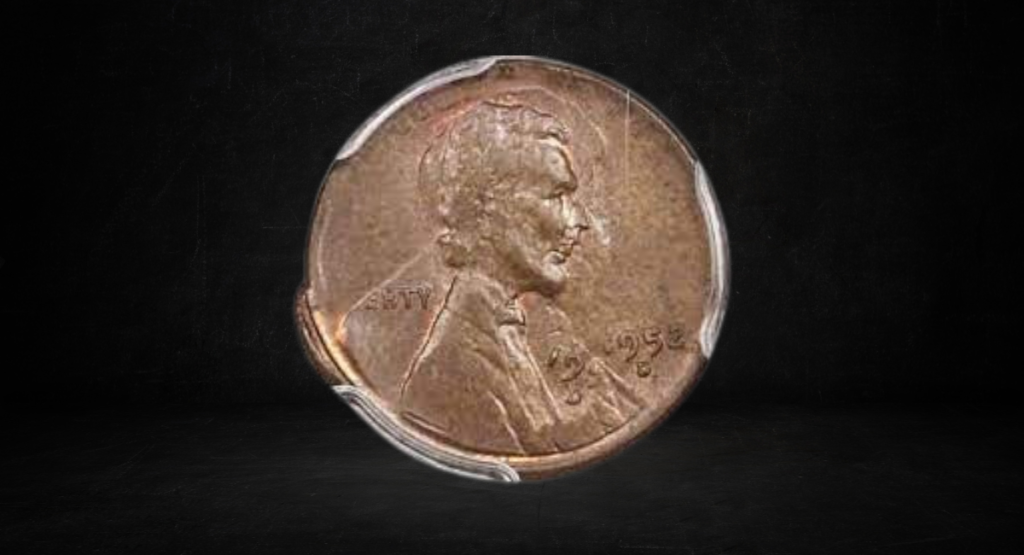
The value of a 1952 wheat penny is often influenced by its grade. The Sheldon Scale, developed by numismatists, grades coins from Poor (P-1) to Perfect Mint State (MS-70). A high-grade coin is usually well-preserved with minimal wear, strong details, and no damage. Collectors often prefer coins graded as Mint State (MS), as they are uncirculated and maintain their original luster.
Unveiling the 1942 Walking Liberty Half Dollar Proof: A Rare Gem for Coin Enthusiasts
Where to Buy or Sell 1952 Wheat Pennies
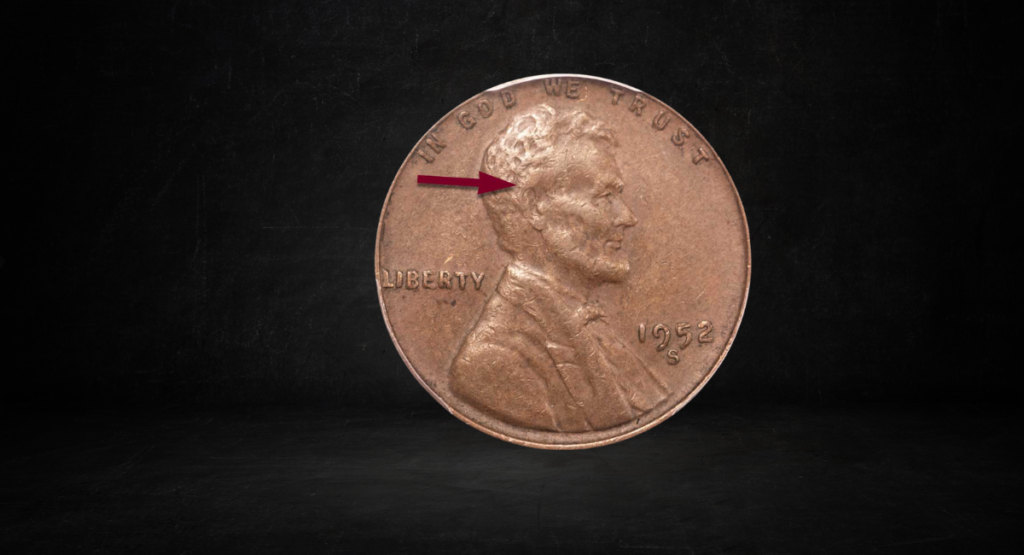
If you’re interested in purchasing or selling a 1952 wheat penny, you have options! Coin shops, antique stores, and online platforms like eBay, Amazon, and Etsy often carry them. Auction sites may also feature rare and high-grade varieties.

